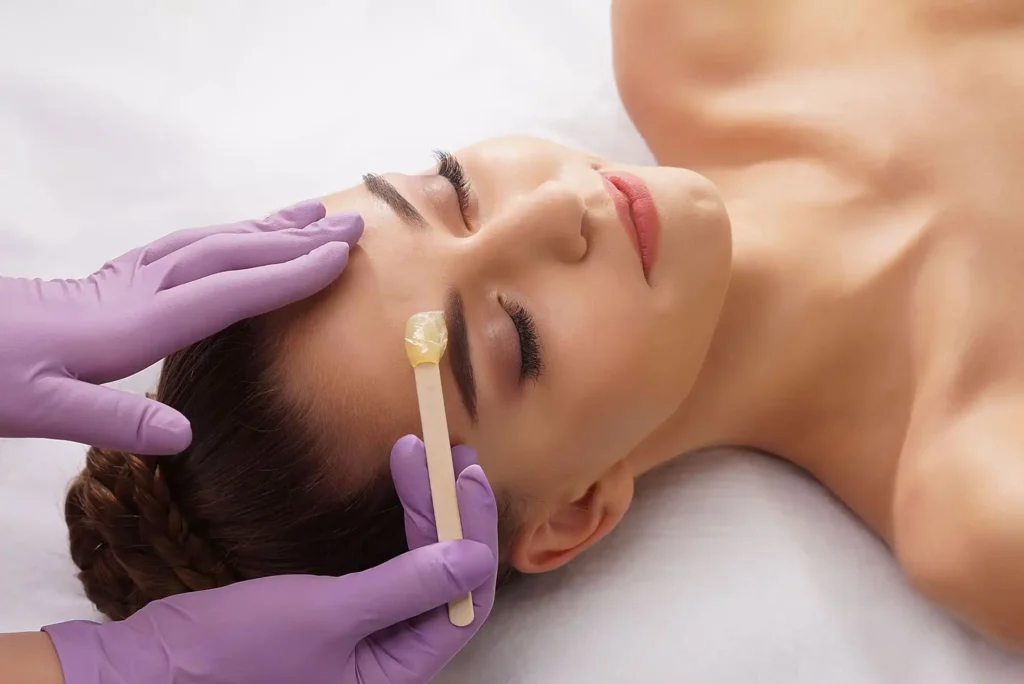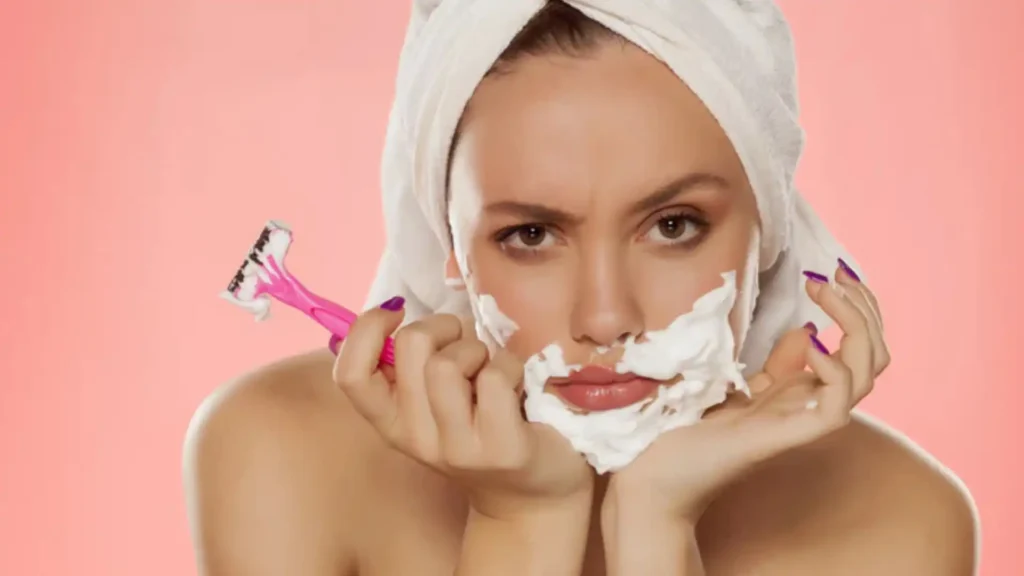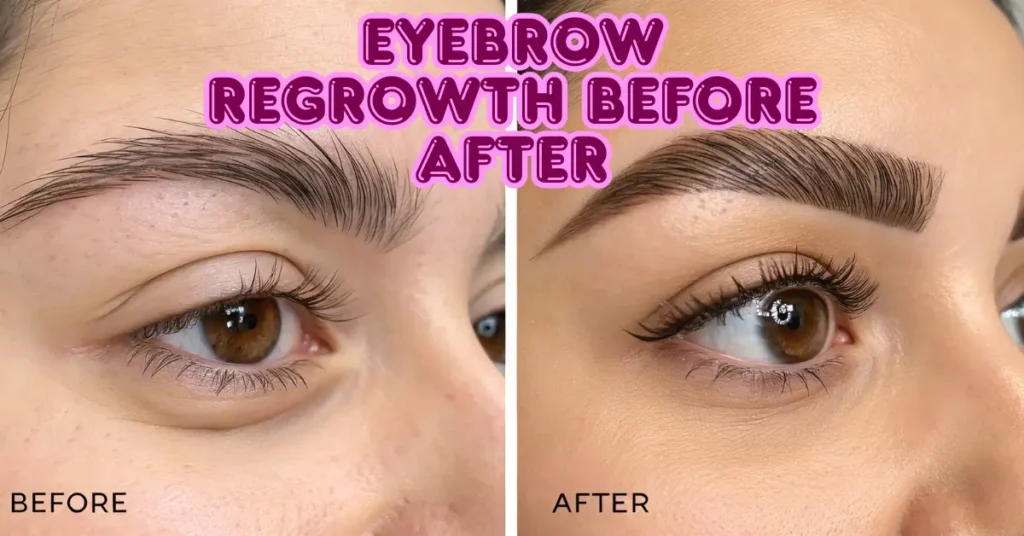Facial hair—it’s one of those things that sneaks up on you, isn’t it? You’re doing your makeup or checking your reflection, and bam! There’s a little patch of hair that just won’t quit. Whether it’s peach fuzz, a few stray chin hairs, or those annoying upper lip fuzzies, facial hair is something most of us deal with. eyebrow threading near me
But the good news? There are plenty of ways to tackle it. Whether you’re looking for a quick fix or a more permanent solution, we’ve got you covered. So, let’s dive in and talk about how to remove facial hair, shall we?
Different Methods to Remove Facial Hair
1. Threading: A Precise and Effective Option

Threading has been a go-to method for facial hair removal for centuries, particularly in Middle Eastern and South Asian cultures. It’s super precise
perfect for shaping eyebrows or getting rid of that pesky peach fuzz on your upper lip. Best of all, it doesn’t involve any chemicals, just a cotton thread.
How Does Threading Work?
The practitioner takes a loop of thread, twists it, and rolls it over the areas with unwanted hair. The twisting motion pulls the hair out at the root. It’s quick, efficient, and leaves your skin smooth.
If you’ve ever searched for “eyebrow threading near me,” you know this technique is particularly popular for perfecting brow arches.
- Pros: Great for precision, no chemicals involved, lasts 4-6 weeks
- Cons: Can be painful, especially the first time, and may cause redness
Where to Get It Done
Threading is often offered at beauty salons, especially those specializing in eyebrow care. Look for places by typing “eyebrow threading near me” to find reputable locations with experienced professionals.
2. Waxing: The Popular Choice for Smooth Results

Waxing is another well-loved method for facial hair removal. It’s fast, it’s effective, and it’s widely available.
Whether you’re dealing with your upper lip, cheeks, or even your chin, waxing can tackle larger areas of hair at once. Plus, it keeps hair away for weeks.
Types of Waxing: Hot vs. Cold Wax
- Hot Wax: This type of wax is heated until it’s melted and applied to the skin. As it cools, it hardens and pulls out the hair when removed. It’s ideal for thicker, coarser hair.
- Cold Wax: Cold wax strips are pre-made and can be applied directly to the skin. They’re a bit easier for beginners but may not be as effective on thicker hair.
- Pros: Removes hair from the root, leaving smooth skin for up to a month
- Cons: Can be painful and may cause irritation or breakouts
How to Wax Safely at Home
If you’re brave enough to wax at home, make sure to clean and exfoliate your skin first. Apply the wax in the direction of hair growth
and remove it quickly for the best results. Don’t forget to soothe your skin afterward with some aloe vera gel or a cooling cream.
3. Shaving: Quick and Easy Fix
For those days when you’re in a pinch, shaving is your friend. While some might think it’s just for legs or underarms, plenty of people use razors designed specifically for the face.
Facial razors are small, easy to handle, and can quickly remove fine hair.
How to Shave Your Face Properly
The trick is to shave in the direction of hair growth, using light strokes. A sharp, clean razor will minimize irritation. And no, shaving won’t make your hair grow back thicker—that’s just a myth!
- Pros: Quick, painless, budget-friendly
- Cons: Hair grows back faster (within a few days), and there’s a chance of nicks or cuts
Natural Remedies for Facial Hair Removal
1. Sugar and Lemon Scrub

If waxing or threading isn’t your thing, why not try a natural remedy? A sugar and lemon scrub can exfoliate your skin while weakening the hair at the root. Over time, it can reduce hair growth naturally.
How to Make It
Mix two tablespoons of sugar with fresh lemon juice and a little bit of water. Warm the mixture slightly and apply it to the areas with unwanted hair. Gently scrub in a circular motion, let it sit for 15 minutes, and then rinse off with warm water.
- Pros: Gentle on skin, can reduce hair growth over time
- Cons: Takes time to see results
2. Turmeric and Milk Paste
Turmeric has been used for centuries as a beauty remedy, and when mixed with milk, it can create a paste that helps reduce facial hair.
How to Use It
Mix one tablespoon of turmeric with just enough milk to make a paste. Apply the mixture to your face, let it dry, and gently scrub it off in circular motions. Over time, this may weaken hair follicles and slow down hair growth.
Long-Term Hair Removal Options
1. Laser Hair Removal: Permanent Results

If you’re looking for a more permanent solution, laser hair removal might be the way to go. It uses concentrated light to target hair follicles, effectively reducing or even eliminating hair growth over time.
What to Expect
Laser treatments can take multiple sessions, but the results are long-lasting. It’s a bit pricier upfront, but many people find the investment worth it for the long-term results.
- Pros: Long-lasting or permanent results
- Cons: Expensive and may require multiple sessions
- eyebrow threading near me
2. Electrolysis: Targeting Each Hair Follicle
Electrolysis is another permanent option, though it’s more time-consuming than laser treatments. It uses electric currents to destroy individual hair follicles, one at a time. This method is particularly effective for smaller areas like the upper lip or chin.
- Pros: Permanent, works for all skin and hair types
- Cons: Time-consuming and can be painful
- eyebrow threading near me
FAQs on Removing Facial Hair
1. Can I do threading at home?
Technically, yes, but threading takes practice. If you’re not comfortable, it’s best to search for “eyebrow threading near me” to find a professional who can help. eyebrow threading near me
2. Will shaving my face make my hair grow back thicker?
Nope, that’s just an old wives’ tale! Shaving only cuts the hair at the surface, so it won’t change the texture or thickness of the hair as it grows back. eyebrow threading near me
3. What’s the most permanent method for removing facial hair?
Laser hair removal and electrolysis are your best bets for long-term or permanent hair reduction. eyebrow threading near me
4. How often should I wax my face?
Most people wax every 3-4 weeks, but it really depends on how fast your hair grows. eyebrow threading near me
5. Can I use regular body wax on my face?
It’s better to use facial wax, which is specifically designed for sensitive areas. Body wax can be too harsh for your facial skin. eyebrow threading near me
Conclusion
Facial hair—whether it’s fine peach fuzz or coarser strands—can be a nuisance, but luckily, there’s no shortage of ways to deal with it. Whether you opt for the precision of threading, the quick fix of shaving, or a more long-term solution like laser treatments, the key is finding what works best for your skin and your routine. Don’t forget to explore natural remedies like sugar scrubs or turmeric pastes for a gentler approach. And hey, if all else fails, searching for “eyebrow threading near me” is always a great way to get professional help in shaping and removing facial hair. eyebrow threading near me.
Discover more News trends:
- Anya Taylor-Joy Turns Heads at Cannes in Sheer Jacquemus Dress: Red Carpet Fashion Buzz
- Taylor Russell stuns in white ruched dress at Met Gala afterparty, Harry Styles absent.
- Justin Bieber elucidates why Hailey postponed having children sooner.
- Follow us on Facebook
- Follow us on Pinterest





